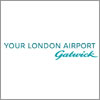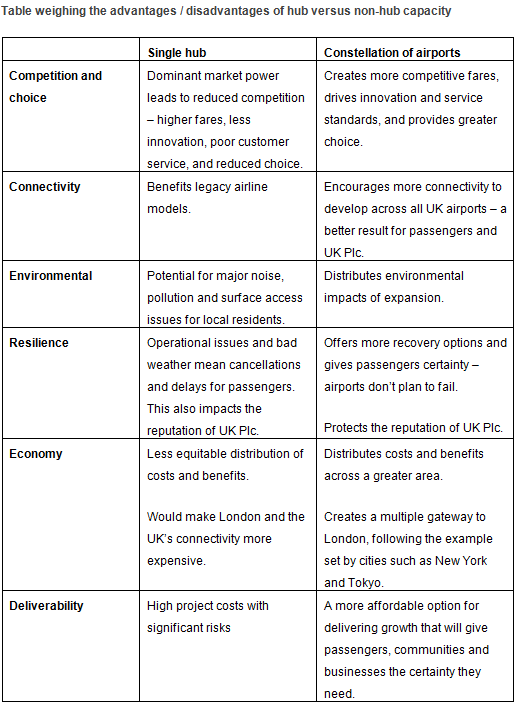London Gatwick’s runway ‘constellation’ approach will deliver better outcome for the UK
- Like
- Digg
- Del
- Tumblr
- VKontakte
- Buffer
- Love This
- Odnoklassniki
- Meneame
- Blogger
- Amazon
- Yahoo Mail
- Gmail
- AOL
- Newsvine
- HackerNews
- Evernote
- MySpace
- Mail.ru
- Viadeo
- Line
- Comments
- Yummly
- SMS
- Viber
- Telegram
- Subscribe
- Skype
- Facebook Messenger
- Kakao
- LiveJournal
- Yammer
- Edgar
- Fintel
- Mix
- Instapaper
- Copy Link
Posted: 11 July 2013 | Gatwick Airport | No comments yet
Second runway at Gatwick will deliver the UKs connectivity requirements…


London Gatwick today responded to the Airports Commission’s wide ranging questions contained within its’ Airports Operational Models’ paper, particularly on the future trends in aviation, and on the advantages and disadvantages of the Hub Model.
The background to this is that Gatwick is putting forward a proposal for London being served by a ‘constellation’ of three of the major London airports – Gatwick, Heathrow and Stansted – each, in time, with two runways and Gatwick first in line to get the next runway.
Our evidence shows that the ‘constellation’ approach will deliver the air connectivity London needs to remain a World City and for the UK to retain its status as one of the best connected countries in the world.
We also believe that Gatwick’s proposal is the only option that will create a level playing field between the airports and deliver true competition, which is necessary to drive higher frequencies, new routes and at better prices for the passenger. Spreading capacity around London will also make airports more resilient to disruption and keep London and the UK open for business, whatever the weather or incident. It will also have significantly less environmental impact than other options such as expansion at Heathrow, which today impacts more people from a noise perspective than all of the other Western European hubs combined.
The position of London today, as a World City with the largest aviation market in the world based on passenger numbers, is not the result of having a ‘hub’ airport. Rather, it is the result of consistent government policy fostering liberalisation of the airline market and competition between airports. Other world cities, including New York, Tokyo, Paris and Moscow, operate a multi-airport or ‘constellation’ system, and handle greater numbers of passengers than cities relying on a single ‘hub’ airport.
London Gatwick believes the Airports Commission is right to underline that the aviation market is in constant flux and trends in travel are changing. Around the world we see low cost carriers integrating with full service carriers; WestJet in Canada, Jet Blue in the US and Virgin Australia are all integrating with long haul carriers. Also, the advent of ‘hub busting’ aircraft technology, such as Boeing’s 787 Dreamliner and the Airbus A350, will mean many more passengers flying direct to their destinations.
Given the uncertainty which surrounds the future of the aviation market, Gatwick’s advice to the Airports Commission is that nobody can predict with confidence precisely what the future will look like, and that to make key decisions by looking in the aviation industry’s ‘rear-view mirror’ could put the UK‘s connectivity at risk.
London Gatwick’s Chief Executive, Stewart Wingate, said: “It is clear from the evidence we are gathering, with the help of some of the world’s leading aviation experts, that we need to develop an airports system in London and the South East that is robust and flexible enough to adapt to any future outcome. A two-runway Gatwick, as part of a constellation of three major airports surrounding London, is the best option to provide flexibility in addressing an industry whose only constant is change.”


To view Gatwick’s full submission to the Airports Commission please click here.
To learn more about Gatwick’s vision for the future go to: http://bettersolution.gatwickairport.com













